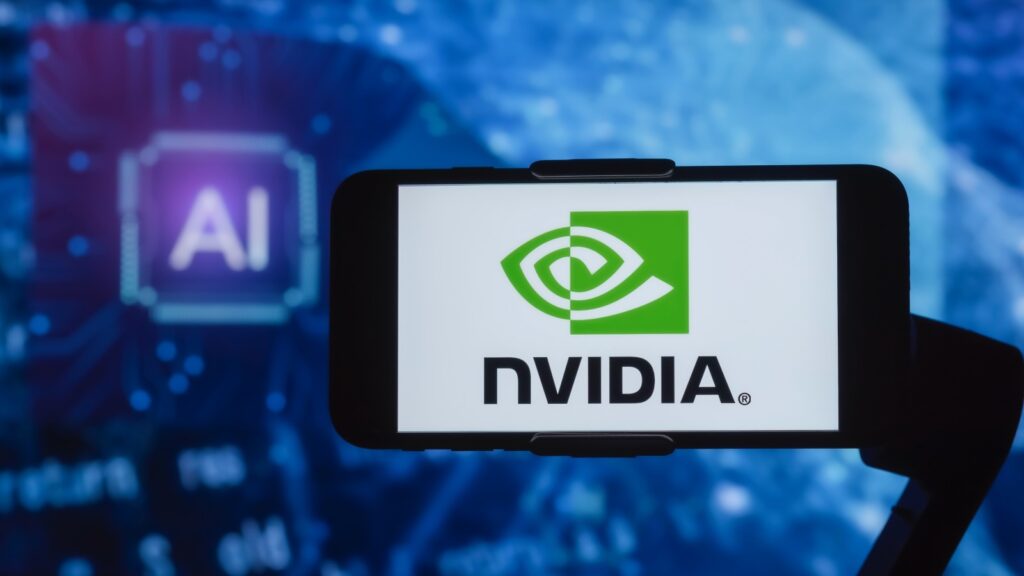In the rapidly evolving world of artificial intelligence (AI), NVIDIA has established itself as an undisputed leader. Through strategic innovations, cutting-edge technology, and a deep understanding of the AI landscape, NVIDIA has transformed from a graphics card manufacturer into a powerhouse of AI infrastructure. This article delves into the factors behind NVIDIA’s dominance in AI and its impact on the industry.

The Rise of NVIDIA in AI
- GPU Innovation: NVIDIA’s journey into AI dominance began with its advancements in graphics processing units (GPUs). Originally designed for rendering graphics, GPUs proved to be exceptionally well-suited for parallel processing tasks required by AI and machine learning algorithms. NVIDIA’s development of CUDA (Compute Unified Device Architecture) allowed developers to harness GPU power for non-graphics applications, revolutionizing AI computation.
- Foundational Hardware: NVIDIA’s GPUs, such as the Tesla and Quadro series, initially catered to scientific and engineering applications. The introduction of the Tesla architecture, followed by the Volta and Ampere architectures, further enhanced performance for AI tasks. The A100 and H100 Tensor Core GPUs, specifically designed for AI and deep learning, set new benchmarks in computational power and efficiency.
- AI Software Ecosystem: Beyond hardware, NVIDIA invested heavily in building a comprehensive AI software ecosystem. The NVIDIA Deep Learning AI (DLA) platform, including libraries such as cuDNN (CUDA Deep Neural Network library) and TensorRT, provides optimized tools for developing and deploying AI models. This software support is crucial for maximizing the potential of NVIDIA’s hardware.
- Data Center Solutions: NVIDIA’s acquisition of Mellanox Technologies and the development of DGX systems and the NVIDIA HGX platform marked a significant leap into AI data centers. These solutions are designed to handle massive AI workloads and enable scalable, high-performance computing environments.
- AI Frameworks and Tools: NVIDIA has supported major AI frameworks like TensorFlow, PyTorch, and Apache MXNet, ensuring that their hardware and software are compatible with widely adopted tools. NVIDIA’s GPU Cloud (NGC) provides containerized AI applications and models, simplifying deployment and accelerating development.
- Strategic Partnerships and Acquisitions: NVIDIA’s strategic partnerships with companies like Google, Microsoft, and Amazon have solidified its position in the AI space. Acquisitions, such as that of ARM Holdings, further bolster NVIDIA’s capabilities and influence across various technology domains.
- Research and Development: NVIDIA’s commitment to R&D is evident in its continuous innovation and adaptation to new AI trends. The company invests in cutting-edge research, collaborates with leading academic institutions, and contributes to the advancement of AI technologies.
- Community and Ecosystem Support: NVIDIA has cultivated a robust developer community through events like the GPU Technology Conference (GTC) and various online resources. This ecosystem fosters collaboration and knowledge sharing, driving further advancements in AI.
Impact on the AI Industry
- Acceleration of AI Research: NVIDIA’s technologies have accelerated AI research and development, enabling faster training of complex models and facilitating breakthroughs in various fields, from healthcare to autonomous vehicles.
- Empowering Enterprises: By providing powerful AI infrastructure, NVIDIA has empowered enterprises to integrate AI into their operations, driving innovation and efficiency across industries.
- Setting Standards: NVIDIA’s dominance has set industry standards for AI hardware and software, influencing the direction of AI development and shaping the competitive landscape.
- Enabling New Applications: NVIDIA’s advancements have led to the creation of new AI applications and services, transforming industries and enhancing everyday life through smarter technologies.
Conclusion
NVIDIA’s rise to dominance in artificial intelligence is a result of its visionary approach to hardware and software development, strategic partnerships, and commitment to innovation. By revolutionizing the capabilities of GPUs and creating a comprehensive AI ecosystem, NVIDIA has positioned itself as a driving force behind the AI revolution. As AI continues to evolve, NVIDIA’s leadership will likely remain a key factor in shaping the future of technology and research.
For more information on NVIDIA’s contributions to AI, visit NVIDIA’s AI page.



